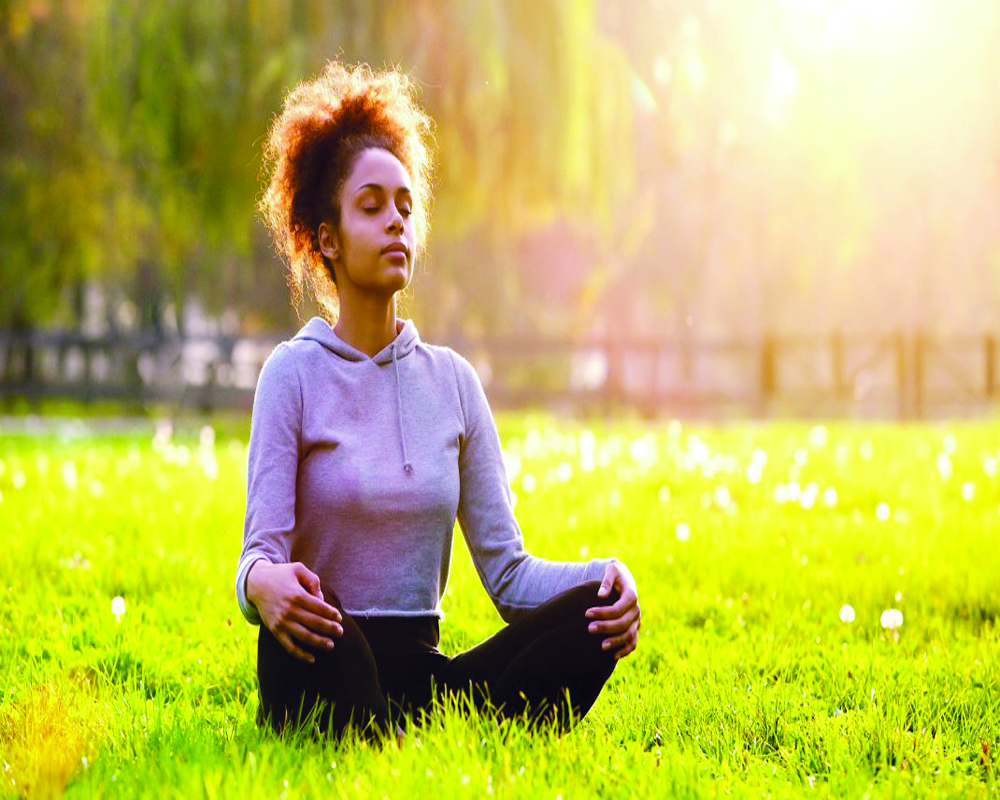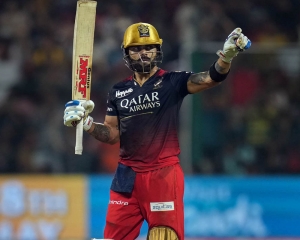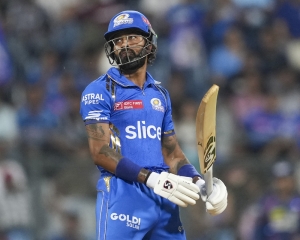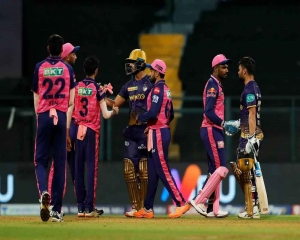So long as the indwelling soul is there, one is alive. And, when withdrawn, the gross body turns into a dead matter. Here again, mind and the element of consciousness shall not be outplaying in full strength, nor would it be possible to effortlessly follow the process.
Accordingly, it would, be desirable to subject oneself to Yoga-asana, which is a set of physical exercises set in tune with breathing cycle, as laid down by sage Patanjali. Following the process, through regulated body movements and increased supply of oxygen, the joints remain supple, softness of muscles is secured, bodily agility gets toned up, and one remains physically fit. The process, however, should not be pursued unguided. For, only a trained expert would know as to what exercises would suit the individual, based on one’s individualistic health vulnerabilities. Unguided, it could have adverse bearing on one’s health mechanism.
Next in line comes Pranayama, preparatory to dhyana. Pranayama, in apparent terms seems to be just a breath regulating exercise, but actually it is more than that. Our breath cycle holds the key to healthy living and longevity. For, it does not simply bring in fresh oxygen supply. At subtle level it carries life forces (Prana as is termed in Indian context). So long as we are breathing, we are in receipt of life forces that keep us alive, animate all our dynamic functionalities, including our body organs, which, when stops, the gross body becomes a dead matter. The way we breathe defines the quality of our bodily and mental health as well as their agility, and hence the need for correct breathing.
Pursuing Pranayama process, it becomes possible to slow down the breathing cycle. Consequently, in the first place, the ageing process gets retarded. For, as many times the breath count comes down, the run of vital internal organs do also get correspondingly get reduced, as they are tuned to the breath cycle. This way the running time of the vital organs comes down, and thereby their servicing abilities increase in terms of time frame, without compromising with the oxygen intake level, vital to a healthy living. The beauty of the process is that it helps augmenting oxygenation of the brain, thus, vitalising its dynamism further.
It will not be out of place to mention here that an elephant supposedly breathes 10 to 12 times a minute, and lives for around 100 years. A tortoise is believed to breathe 3 to 4 times a minute and survives up to 300 years. But a dog which keeps breathing briskly has an average life of around 12 years only. So, as we slow down our breathing cycle, our aging process slows down, and lifespan would expand.
Breathing cycle relates to our state of mind as well. It will be interesting to note here that a human being ordinarily breathes 18 counts per minute. But when in an agitated state, the breath count goes up to somewhere between 30 and 36. So, by reducing our breath count, even the mental agitation gets calmed down.
Pranayama too, is a delicate process, not difficult though. Therefore, the process needs to be pursued under guidance of a trained expert. The process as such is not being discussed, as it should be learnt from a trained expert. But in a passing reference, it needs to be mentioned here that the process involves holding the breath for a while (Kumbhaka as is termed in Indian terminology) in between every inhalation and exhalation. One is supposed to dwell on space in between the inhalation and exhalation. For, this space is at rest. Not simply that, one’s attention is straightaway on the element of consciousness available there. So, dwelling on this space, for a small stretch of time though, but it virtually puts us in a state of meditation. As one progresses in the process, one has direct realisation of the life forces driving us. In this sense, pranayama can be said to be the beginning of meditation process.
Following the above two processes — Asana and Pranayama — help ensure body-mind coordination, apart from toning up the body, mind, as well as nerves. This is vital for proper functioning of our internal communication mechanism. With this, the third and fourth steps of eightfold path get covered, and the ground is now laid down for pursuing the dhyana process proper.
The writer is an astrologer, vastu consultant and spiritual counsellor. Connect with him at
Tel: 91-11-9818037273/9871037272


























